If you are trying to get pregnant but nothing is happening yet, try not to get too discouraged. Instead, get in tune with your body. Understanding ovulation is critical for knowing when you can get pregnant and going for it, or conversely, trying to avoid it altogether.
When do you ovulate? Generally speaking, your menstrual cycle (or period) lasts, on average between roughly 28 & 32 days. The first day you bleed blood red is the first day of your period. Then you ovulate between the days of 14 and day 19.
Let’s get to the basics of what this process entails and what happens in your body. Below we will talk about everything you need to know from inception to conception.
We’ll explore all about ovulation to help you get a better understanding of how it works and how you can make it work for you.
See my Fertility Calendar Here.
Read my personal IUI Success story HERE.
Table Of Contents
- 1 What is Ovulation, Exactly?
- 2 The 3 Phases of Ovulation:
- 3 Periovulatory (follicular phase)
- 4 Ovulatory (ovulation phase)
- 5 Postovulatory (luteal phase)
- 6 When do you ovulate?
- 7 Signs Of Ovulation
- 8 The Fertile Window
- 9 Tracking Your Ovulation
- 10 Implantation and Conception
- 11 The Odds of Getting Pregnant
- 12 Things That Affect Your Fertility
- 13 1. Age
- 14 2. Smoking
- 15 3. Weight
- 16 4. Health Issues
- 17 5. Irregular Menstrual Cycles
- 18 6. Sexually Transmitted Infections
- 19 7. Exposure to Environmental Toxins
- 20 8. Excessive Exercise
- 21 Ovulation Disorders and Your Options for Treatment
- 22 Ovulation Induction For Women
What is Ovulation, Exactly?
Ovulation is a time frame of your (I am sure only women are reading this) menstrual cycle where the mature part of the ovarian follicle of the ovary releases an egg.
During this time frame, the egg (or called ovum, oocyte or female gamete) will flow down the fallopian tube where it then has a date with the wonderful male sperm and become fertilized. Yipee 🙂
Video from conceiveeasy.com
Your hypothalamus in your brain controls the ovulation process by sending a signal to your anterior lobe within pituitary gland (there are two lobes: anterior and posterior lobe) to release the luteinizing hormone (LH) and follicle-stimulating hormone (FSH).
This fascinating female body function usually happens between the tenth and nineteenth day into the menstrual cycle and is considered the time where women are at their most fertile.
There are 3 phases to ovulation, which is identifiable by a time frame of elevated hormones during menses.
Let’s explore those a little further.
The 3 Phases of Ovulation:
Periovulatory (follicular phase)
During this first phase, a layer of cells around the egg (or ovum) begins to become more mucus-like and expand, and the endometrium lining (uterus lining) begins to thicken.
Ovulatory (ovulation phase)
The second or next step in this phase comes when the enzymes are blasted out forming a stigma (or a hole) that the egg and its bandwagon of cells use to leave the follicle and at some point enter the fallopian tube. This fertility period usually lasts for only 24 to 48 hours.
Postovulatory (luteal phase)
Finally, the last phase is when the luteinizing hormone (LH) is released. If an egg (or ovum) is fertilized, it then will be attached to the wall of the uterus (womb). But the unfertilized egg will slowly stop producing hormones and the lining of the uterus begins will break down preparing to leave the female body during your menstrual cycle.
When do you ovulate?
Menarche is a time when young women begin their first menstruation usually happens between the ages of 9-15 years old and can certainly be able to get pregnant. At the age of 51 is usually when menopause begins…
Peri-Menopause is a time that ovulation still occurs up until menopause happens.
There are no women with the same cycle and we are all different when it comes to ovulation.
The only way to know when you are ovulating is to chart for 3 months (3 menstrual cycles) your fertility signs.
One accurate way of figuring out when ovulation will occur is also by using a fertility monitor like ClearBlue.
If you want to pinpoint those most vital 3 days of opportunity, pay attention to your signs or use the monitor to help gauge your optimum time.
A woman’s body is an amazing machine.
It can sense some hormone shifting that says your egg is about to be released from the ovary, getting ready to receive the incoming hordes of sperm for fertilization.
Signs Of Ovulation
The first sign is the positioning of the cervix.
It will be low, hard and closed.
The cervix is the direct path from your vagina to your uterus.
As ovulation begins, the cervix will pull back up, soften up, and open a tiny bit, to let the sperm swim happily to their number one fan.
You can check your cervix on a daily basis and use 2 fingers to keep track of your findings.
The second cervical sign you can watch for is the appearance, increase in quantity, and change in the consistency of cervical mucus.
If you’ve ever wondered about that discharged mucus, the reason it is there is to carry the sperm to the ovum deep inside you.
Around the time of ovulation, you may notice your vagina’s mucus is clear, slick and slippery, the consistency of egg white.
During ovulation, the increased estrogen levels make the cervical mucus become thicker and increases in volume.
This is the best sign of when ovulation is actually happening and means that it’s prime time for action!
If you’re serious about making a baby, you should use an ovulation predictor kit. You can start testing with your ovulation predictor kit a few days before your estimated day of ovulation.
Subtract 17 days from your average cycle length and start testing from this day of your cycle.
For example, if you have a 28-day cycle, you would start testing from day 11.
A positive result means you are going to ovulate within the next 24 to 36 hours.
Additionally, you should record your basal body temperature (BBT) each day before getting out of bed.
A special basal body temperature thermometer will ensure accurate measurement.
Your BBT rises about half a degree Celsius after ovulation has occurred.
The BBT rises from the hormone progesterone when an egg is released.
By the time this temperature reaches its max, a woman is at her most fertile 2- days prior.
By charting your temperature, it’s easy to see when the rise in temperature and ovulation happens. This can help you work out your own pattern of ovulation. However, because at that stage ovulation has already passed, it does not help you find the fertile window but may guide you for next month.
Don’t forget to keep an ovulation or fertility calendar!
An ovulation calendar is designed to help you predict when you will be most fertile. Several web applets exist (like ovulation-calendar.net) that assist with this process by asking questions, such as when the beginning of your last menstrual cycle, or period, was and how long the menstrual cycle generally lasts.
Some calendars also request the length of the luteal phase (the day after ovulation to the end of the monthly cycle).
Like recording your BBT, the ovulation calendar can help you find your pattern and help you to be successful in fertilization.
By doing these things, you’ll find your fertile window, which is the absolute best time to try for a baby.
The Fertile Window
What does ovulation feel like?
For me, I can message and rub over my ovaries from my lower abdomen region and feel as if they are so tender and sore. Mainly described as being mildly tender or a slight sting of pain.
In German, there is a term called Mittelschmerz, which means “middle pain” and it may last a few minutes to a few hours. There was a time when I would get the worse cramping that would last for 6-8 hours.
I would always be hospitalized for this only given 800 Motrin and have to wait it out.
But for everyone else, finding the fertile window, which is the best time to try to conceive, is essential.
Don’t confuse this with ovulation.
It goes hand-in-hand. Figuring out when you’re ovulating and tracking it is just part of the process.
The fertile window is a time period after you stop menstruating when conception and fertilization can happen.
So you can get pregnant via a five-day window prior up to the day you are ovulating.
That equals a 6-day window for you to get busy!
This also tells you that the lifespan of the sperm is 5 days and the lifespan of the ovum is going to be 1 full day.
So there is no point to having sex in the days before you ovulate.
You might have a 10% chance of getting pregnant if you have sex 5 days prior and the percent goes higher in the days closer to your “peak” ovulation day.
But even if you’re not aware of your fertile window or when you’re ovulating, experts recommend having sex every 2 to 3 days to help maximize your chances of conceiving.
Tracking Your Ovulation
So now that you know what’s going on with your body and what to look out for, you’ll have to track your ovulation. This may take a few months to observe the patterns in your menstrual cycle.
You’ll need to see how long your menstrual cycle is on average.
Day one is the first day of the menstrual period and the last day is the day before the next period begins.
Let’s get into some numbers when it comes to ovulation.
If your average menstrual cycle is 28 days, you will ovulate around day 14.
Just know, that your fertile window equals 6 days which includes your actual peak ovulation day.
Now, the most fertile days will be a “threesome”, if you will. This is your peak ovulation day and 2 days prior.
This totally depends on how long your cycle actually is.
For example, if you have 28 days between each of your periods, then ovulation typically happens on day 14, and the most fertile days are days 12, 13, and 14.
If you are lucky and have cycles with more days between periods (say 35 days) then ovulation happens on day 21 and the most fertile days are days 19, 20, and 21.
Just use my ovulation calculator to find out the answer to the question, “when do you ovulate?” and see for yourself all the various examples.
Implantation and Conception
Fertilization
Once you find your ideal ovulation zone, grab your partner and get between the sheets.
Those sperm guys really have to work hard to make their way into the fallopian tube. BUT if one does and gets its little bum into the egg, fertilization has occurred!
Then, a really cool thing happens – Once that little sperm gets inside the egg, the magic happens and that same egg will change so no others can even get in. And if that isn’t fascinating, then I will say that once fertilization does happen, your little baby’s gender is all set to go.
A Y chromosome means your baby will be a boy. A X chromosome means the baby will be a girl.
Implantation
For about 3 to 4 days the egg will hang out in the fallopian tube. But on that first day of being fertilized, that egg will start dividing into many cells super fast. All the while moving slowly through the fallopian tube towards the uterus.
Once there, the fertilized egg will attach itself to the lining of the uterus.
For me, I did get a tiny bit of spotting in the beginning after I was inseminated during my IUI, which is normal AFTER I freaked out and they told me. While the lining of the uterus gets thicker, the cervix becomes sealed by a plug of mucus, which will stay in place until the baby is ready to come into this world.
Within 3 weeks, the cells begin to grow as clumps, and the baby’s first nerve cells have already formed.
From the time of conception, a pregnancy hormone known as hCG can be found in your blood.
This is the hormone that pregnancy tests are able to detect. But have patience, as it usually takes about 3 to 4 weeks from the first day of your last period for the levels of hCG to be high enough to be found by the tests.
The Odds of Getting Pregnant
An average, healthy couple in their early 30s has about a 20 to 25 percent chance of getting pregnant each month.
Though that number may seem low, over the span of a year that means your chances of conceiving are about 75 to 85 percent.
When do you ovulate? When you find out, get busy but don’t use a condom!
But bear in mind that those odds do drop with age, and can also be affected by many other things.
Things That Affect Your Fertility
A number of factors can affect your odds of conceiving. If any of these affect you, talk to your doctor about what steps you should take now, before trying to conceive:
1. Age
As mentioned above, one of the biggest factors is your age, since fertility declines over time. For example, the average healthy 30-year-old has about a 20 percent chance of getting pregnant each month she tries.
By age 40, the odds drop to less than 5 percent each month.
2. Smoking
Up to 13 percent of female infertility is caused by cigarette smoking, according to the American Society for Reproductive Medicine (ASRM). Incidentally, that goes for men, too, since smoking can reduce sperm production. Yet another reason to kick this dirty and highly unhealthy habit!
3. Weight
If you’re overweight or obese, it can cause your body to produce too much estrogen, which can throw off the reproductive cycle. Conversely, being underweight can shut down ovulation altogether. According to the ASRM, 12 percent of all infertility cases are a result of a woman weighing either too little or too much.
4. Health Issues
Endometriosis, polycystic ovarian syndrome (PCOS), uterine fibroids, autoimmune disorders, Lupus, rheumatoid arthritis, and abnormalities of the uterus caused by previous surgeries or scarring can greatly reduce fertility.
Other illnesses, left untreated, (including kidney disease, untreated celiac disease, thyroid disease and sickle cell anemia in men) may also affect your chances of pregnancy.
5. Irregular Menstrual Cycles
If your cycles are not regular, whether due to hormonal imbalances like PCOS as discussed above, weight issues or medications, it can be tougher to determine when you’re ovulating. Not knowing when is the best time to have sex to get pregnant makes it that much more challenging to be successful.
6. Sexually Transmitted Infections
Untreated sexually transmitted infections (STIs), usually gonorrhea and Chlamydia, can lead to pelvic inflammatory disease (PID).
And in turn, PID can cause permanent damage to the fallopian tubes, uterus, and surrounding tissues, making it difficult or impossible to get pregnant.
Fortunately, timely treatment of STIs can help you to avoid PID. That’s why it’s so important to regularly see your OB-GYN, especially if you’re sexually active with more than one partner.
7. Exposure to Environmental Toxins
Research suggests that prolonged exposure to pesticides, pollutants, and industrial chemicals — which usually occurs in certain jobs — can decrease a couple’s chances of conceiving.
For women, these toxins can disrupt the menstrual cycle or sex hormone production and reduce fertility, while men may have low hormone levels, a lower sex drive, a reduction of sperm or semen amount, or even erectile dysfunction.
8. Excessive Exercise
Even if your weight is just right, exercising too hard or for too long can affect your chances of conception. A 2012 study found that women with a BMI under 25 who exercised vigorously for more than five hours a week had a harder time getting pregnant.
That doesn’t mean you need to give up your exercise completely though.
The experts suggest that regular, moderate exercise slightly increased fertility for all women, whether they were normal in weight, overweight or obese.
The balance here is the key.
Ovulation Disorders and Your Options for Treatment
Disorders including PCOS as discussed in health issues above, hypothalamic dysfunction, premature ovarian insufficiency, and excess prolactin are all factors that contribute to infertility.
PCOS (Polycystic Ovary Syndrome, also known as Stein-Leventhal Syndrome) is the leading cause of infertility in woman. You can experience ovulation disruption, insulin resistance, weight gain, awkward hair growth, and even acne.
The Royal College of Obstetricians and Gynaecologists, Guidance Information – revised in 2009 a great pdf you can download here called Polycystic Ovary Syndrome: What it Means for Your Long-Term Health.
Also, you can download the Long-term consequences of polycystic ovary syndrome 404 revised 2007.
For women who don’t get a period or have irregularities with their menses have what is called a Hypothalamic dysfunction (which can cause emotional stress, extreme change in weight, whether it be gaining or losing.
This causes a disruption in 2 hormones that are responsible for ovulation: –
1. follicle-stimulating hormone (FSH) and
2. luteinizing hormone (LH).
Autoimmune diseases, genetic abnormalities or environmental toxins can cause premature cessation of egg production.
Women typically under the age of 40 are more susceptible to this and experience a decrease in their estrogen levels.
Women can produce large amounts of prolactin (either from medication or pituitary gland abnormality) which can cause a reduction in estrogen production.
Producing a large amount of prolactin is not a common cause of ovulatory dysfunction.
Ovulation Induction For Women
Fertility drugs can easily induce the ovulation process. Whether it be for egg production to increase, the cessation of ovulation or to simply trigger ovulation.
Many fertility doctors or OBGYN’s will commonly prescribe some of these:
- Clomiphene Citrate: This medication is taken orally that will increase pituitary secretion of LH and FSH, causing stimulation of ovarian follicles.
- Human Menopausal Gonadotropin & FSH: Gonadotrophin (injectable medications) will stimulate the ovary to produce several eggs for ovulation. The medication human chorionic gonadotropin matures eggs and subsequently triggers them to be released during ovulation.
- Metformin: Women with PCOS use this medication to treat insulin resistance which can increase the chances of ovulation.
- Letrozole: A aromatase inhibitor is what this med is and because of the lack of information, no one really knows the effects on early pregnancy.
- Bromocriptine: If you have high prolactin levels that are interfering with ovulation then you may be prescribed this medication.
If you discover that you have fertility issues or are thinking when do you ovulate, talk to your doctor about your options.
Over the last few decades, science has made leaps and bounds in this area and has helped many couples with fertilization issues to be able to conceive.
Just read my story HERE.
Always use it as a last resort to getting pregnant, because for most women, by changing any bad habits and caring for your health, which should increase your chances. Stay in touch with your body by keeping track of your ovulation and that will increase your chances even more.
With great thanks to the following references:
http://www.webmd.com/baby/guide/understanding-conception
http://www.whattoexpect.com/preconception/fertility/five-ways-to-tell-you-are-ovulating.aspx
http://www.medicalnewstoday.com/articles/150870.php
http://yourfertility.org.au/for-women/timing-and-conception
http://www.whattoexpect.com/preconception/getting-pregnant
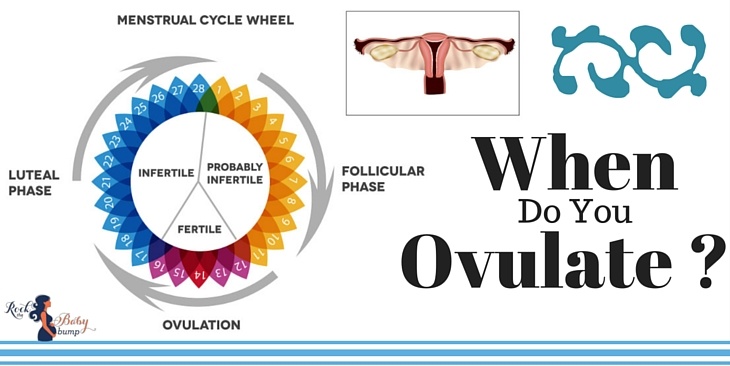
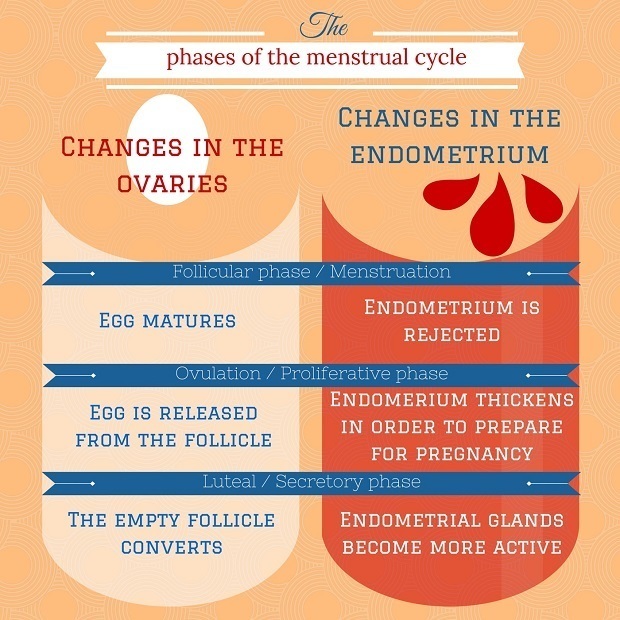
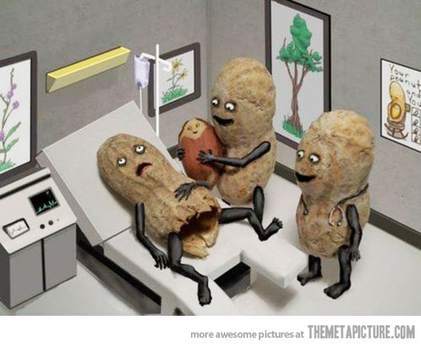
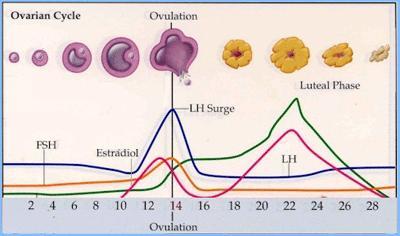
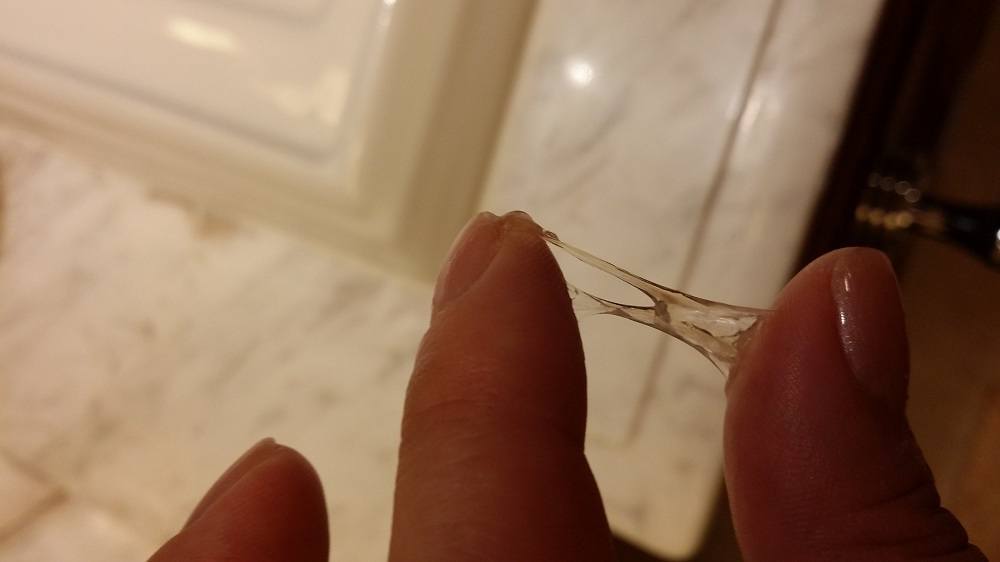
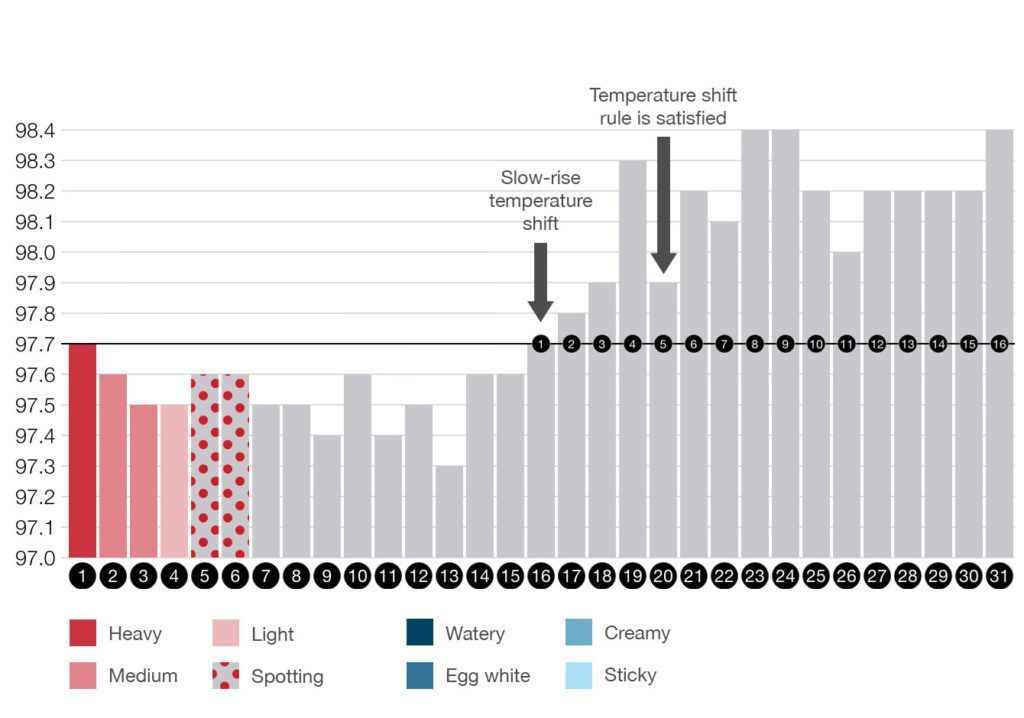
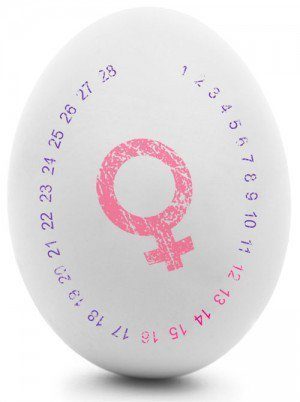

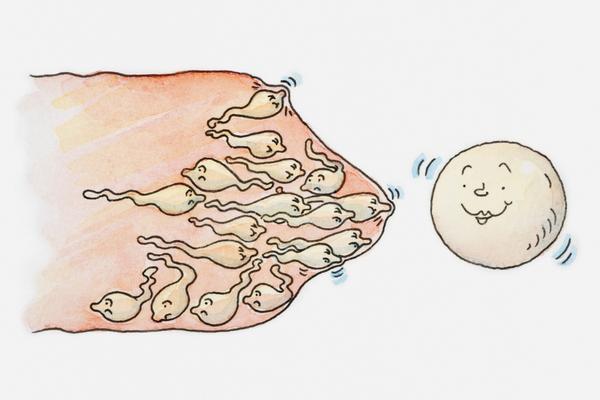
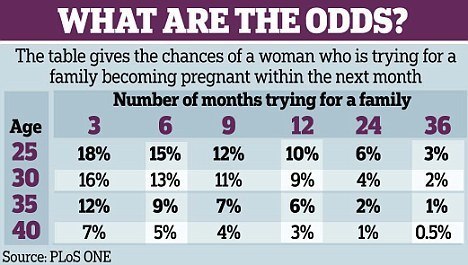
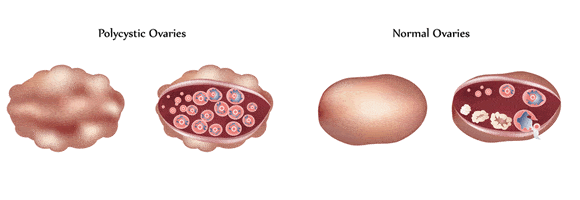

[…] most women it is due to the production of the hCG hormone (otherwise known as the human chronic gonadotropin hormone, as if you didn’t […]